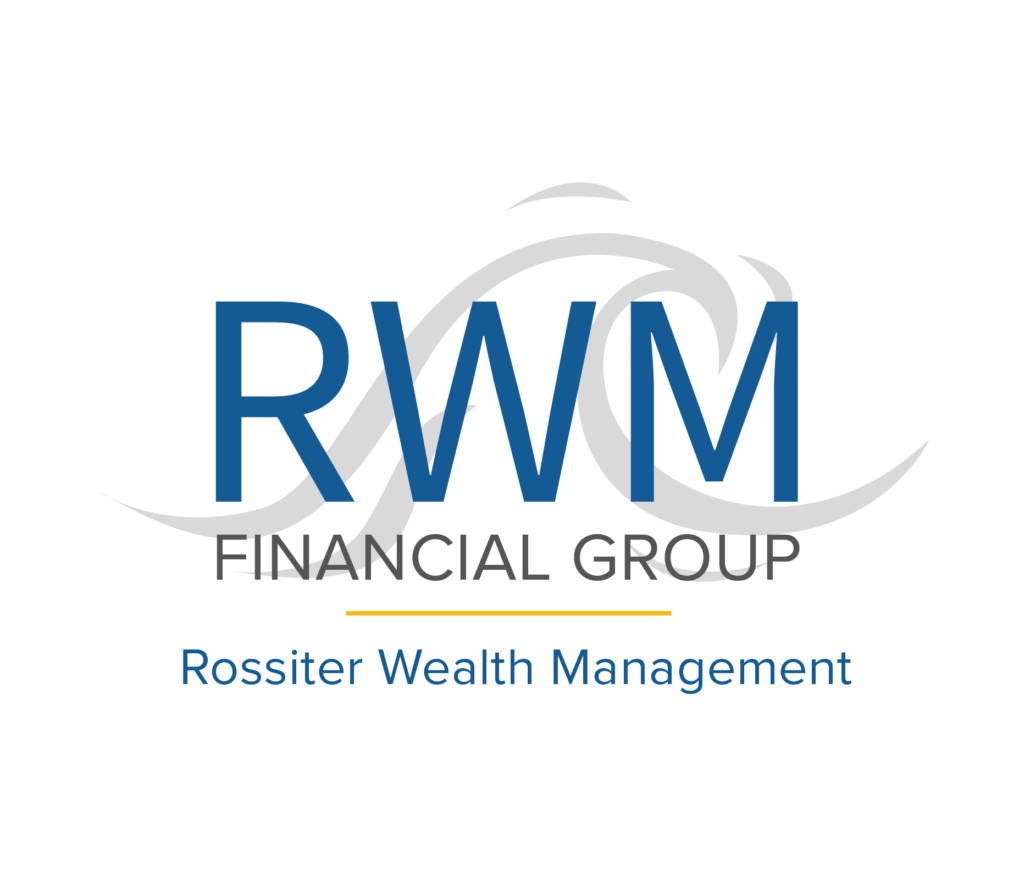Ah, retirement. It’s that magical time in life where you can finally kick up your feet and relax after years of hard work. But let’s face it, retirement planning can be a bit overwhelming, especially for employers who want to ensure their employees are taken care of.
Retirement planning, in a nutshell, is the art of squirreling away some of your hard-earned cash into investments that will provide financial security when you decide to call it quits. It may not sound like the most exciting thing in the world, but trust us, it’s important!
As an employer, offering retirement benefits is not only a way to attract and retain top talent, but it also shows that you care about the financial well-being of your employees. Plus, it’s a win-win situation since it can also have tax benefits for you as the employer.
So, whether you’re an employee dreaming of the day you can retire to a beach somewhere, or an employer wanting to do right by your staff, understanding retirement planning is key. Let’s dive in and learn more about retirement plans, obligations, and all the fun stuff that goes along with it!
Types of Retirement Plans
Retirement plans come in all shapes and sizes, but don’t worry, we’ll break them down for you in a fun and easy-to-understand way!
Defined Benefit Plans
First up, we have defined benefit plans. These are the granddaddy of retirement plans and have been around for ages. They’re typically offered by government entities or large corporations and provide a fixed, monthly benefit to retirees based on a formula that takes into account factors like salary and years of service.
Defined Contribution Plans
Next, we have defined contribution plans, which are a bit more common these days. These plans allow employees to contribute a portion of their paycheck into an account that is then invested in a variety of options. The two most popular defined contribution plans are the 401(k) and the IRA.
401(k) Retirement Savings Plan
The 401(k) is a retirement savings plan that is offered by employers. Employees can contribute a portion of their pre-tax income into the plan, and in some cases, employers will match a portion of those contributions. The funds in a 401(k) plan are invested in a variety of investment options, such as stocks, bonds, and mutual funds.
IRA
An IRA, or individual retirement account, is a personal retirement savings account that individuals can set up on their own. There are two types of IRAs – traditional and Roth. Traditional IRAs allow individuals to contribute pre-tax income, while Roth IRAs allow individuals to contribute after-tax income. Both types of IRAs provide tax benefits and offer a range of investment options.
Others
Last but not least, there are other retirement plans that employers may offer, such as profit-sharing plans, employee stock ownership plans, and cash balance plans. These plans are a bit more specialized, but can be a great option for some employers.
Understanding Employer Retirement Plan Obligations
Employers have certain obligations when it comes to offering retirement plans to their employees. Let’s dive into these obligations and break them down into four sections:
Eligibility and Participation
Employers must establish eligibility requirements for their retirement plans, such as age and length of service. Once an employee meets the eligibility requirements, they must be allowed to participate in the plan.
Vesting
Vesting refers to the amount of time an employee must work for an employer before they are entitled to the employer’s contributions to their retirement plan. Vesting can be immediate, where an employee is immediately entitled to all employer contributions, or it can be graded, where an employee becomes increasingly vested over time.
Contribution Limits
Contributions to retirement plans are subject to limits set by the IRS, and employers must ensure that they are adhering to these limits. Exceeding contribution limits can result in penalties for both the employer and employee, so it’s important to stay on top of this.
Fiduciary Responsibilities
Employers who offer retirement plans are considered fiduciaries and have a legal obligation to act in the best interests of plan participants. This means employers must carefully choose investment options, monitor plan fees, and provide regular communication about the plan to participants.
By understanding these obligations, employers can ensure they are providing their employees with a valuable benefit while avoiding any potential legal issues. It may seem like a lot to handle, but with proper planning and management, offering a retirement plan can be a win-win for both employers and employees.
Common Retirement Planning Questions for Employers: What Employers Need to Know
As an employer, you play a key role in helping your employees plan for retirement. Here are some common retirement planning questions that employers should be aware of.
What retirement plans should I offer my employees?
The retirement plans you offer will depend on your business and budget. Common options include 401(k) plans, pension plans, and SIMPLE IRAs. It’s important to do your research and choose the plan(s) that work best for your employees.
How do I encourage my employees to save for retirement?
One way to encourage retirement savings is to offer an employer match. This means that you contribute a certain percentage of your employee’s salary to their retirement plan, which can incentivize them to save more. You can also provide education and resources about retirement planning to help your employees make informed decisions.
What are my obligations as a retirement plan sponsor?
Employers who offer retirement plans are considered plan sponsors and have certain obligations under ERISA (Employee Retirement Income Security Act). These obligations include providing plan information to employees, adhering to contribution limits, and acting in the best interests of plan participants.
How do I monitor the performance of our retirement plan?
It’s important to regularly review and evaluate the performance of your retirement plan. This includes monitoring fees, investment options, and participation rates. You can work with a third-party administrator or investment advisor to help with this process.
What happens if our retirement plan is not compliant?
If your retirement plan is not compliant, it can result in penalties and legal issues. It’s important to stay up-to-date on any regulatory changes and to work with a professional to ensure your plan is in compliance.
How do I handle employee turnover and their retirement accounts?
When an employee leaves your company, they may have vested funds in their retirement account. As an employer, it’s important to have a process in place for handling these funds, such as allowing the employee to keep the funds in the plan, rolling them over into a new retirement account, or distributing the funds.
How can I help employees who are behind on retirement savings?
Some employees may be behind on their retirement savings, which can lead to financial stress and uncertainty. As an employer, you can provide education and resources on catch-up contributions, encourage them to meet with a financial advisor, and explore offering financial wellness programs.
Can I make changes to my retirement plan?
Yes, employers can make changes to their retirement plan, but it’s important to follow certain guidelines and procedures. Changes should be communicated to employees in advance and should not violate any legal requirements or affect employees’ accrued benefits.
Should I offer a Roth option in my retirement plan?
A Roth option allows employees to contribute after-tax dollars to their retirement account, which can be withdrawn tax-free in retirement. It’s a good option for employees who expect to be in a higher tax bracket in retirement. Employers should consider whether a Roth option would benefit their employees and be feasible for the business.
By understanding these common retirement planning questions, employers can help their employees save for their future while also meeting their obligations as plan sponsors. It’s important to stay informed and seek professional guidance when needed to ensure your retirement plan is a success.
Learn More About RWM
There are many moving parts when designing, implementing, and administering a retirement plan. However, when you focus on the key areas in your initial design or partner with a professional specializing in retirement plans and administration, you can strive to avoid the common challenges and unnecessary costs while helping your employees succeed.
At RWM Financial Group, we help commercial businesses and governmental agencies design and oversee well-managed retirement plans in non-tribal and tribal organizations. Learn more about building a custom, cost-effective strategy that is compliant and promotes success for you and your employees.
This information is not intended as authoritative guidance or tax or legal advice. You should consult your attorney or tax advisor for guidance on your specific situation. In no way does the advisor assure that, by using the information provided, plan sponsor will be in compliance with ERISA regulations.



